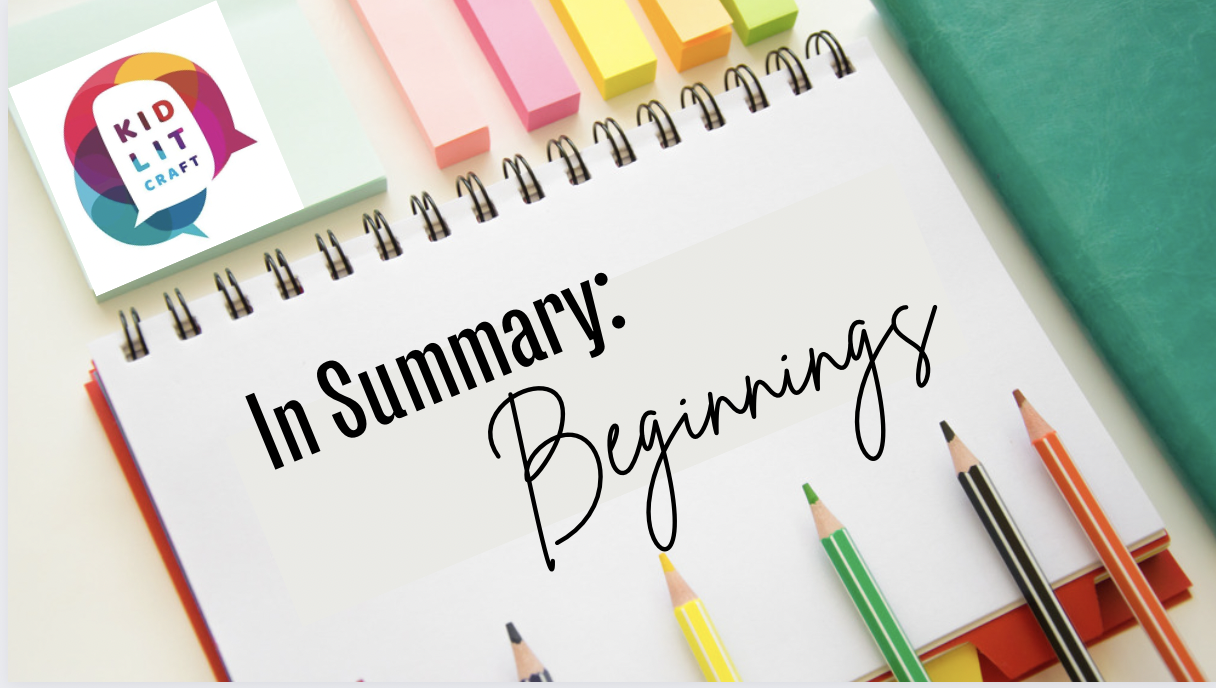This summer, we’re introducing a new series called In Summary, where we collect up some of our favorite posts on different craft topics. We hope you’ll click on a post or two now, and that you’ll be able to come back later when you’re struggling with a craft topic so you can find a wide range of posts by our contributors (past and present) to help you along the way.
In the wise words of Maria von Trapp, “Let’s start at the very beginning. A very good place to start.”
Beginnings give writers the opportunity to capture a reader’s attention, to draw them into the story, to give them a sense of the tone, style, and point of view, as well as whether the character is one they want to spend time with. Beginnings can be slow or fast, voicey or reflective, action-driven or character-driven. There’s no one right way to start a story. But there are more and less effective openings for each particular story.
These posts will help you determine what choices you have as you write and revise your opening and prompt you to experiment. We hope you get inspired!
This post, by Lindsay Lackey, author of the middle grade novel All the Impossible Things, dives deep into how the story starts by looking at the first line, the first paragraph, and the first page. She draws from a Masterclass by Richard Peck and analyzes his middle grade novel The Mouse with the Question Mark Tail.
Beth Mitchell explores what makes a great first chapter, using advice from Cheryl B. Klein’s The Magic Words and finding how A.F. Harrold puts it into practice in the middle grade novel The Imaginary. She helps find the balance between a too-slow start and a too-fast one.
In this post, I take a look at two chapter books, Ivy and Bean and Dory Fantasmagory, to see how the writers of these popular series get started. Both books establish the Who, What, When, Where, Why, a strong character voice, and answer the question, why this day of all days? These strategies can transfer to novels and to picture books.
In a trick that can work for any kind of book in any category, Laurel Holman models how to analyze a first chapter in a book you love and use it to shape your own first chapter. She dives into Melissa Albert’s The Hazel Wood and breaks down the process so you can follow it with your own choice of mentor text.
In this two-parter, I approach the opening of a novel by examining what questions the writer is leading the reader to ask. Questions draw readers into the story, and managing the questions readers ask (and answering them or delaying the answers) can turn your blah opening chapter into a page-turner. I use both a YA novel and a middle grade novel–the technique can work for stories in any category or genre.
One thing that won’t work in an opening chapter? Readers getting lost. In this post, I examine Rebecca Stead’s The List of Things that Will Not Change to see how she orients readers in time and space and story so readers can ask the right questions instead of getting distracted by questions the writer can easily answer.
We hope you’ll find what you need to make the opening of your story sparkle!
Anne-Marie Strohman (co-editor) writes picture books, middle grade novels, and young adult short stories and novels. She is trained as a teacher, an editor, and a scholar, specializing in Renaissance Literature. She holds an MFA in Writing for Children and Young Adults from Vermont College of Fine Arts and is an active member of SCBWI. Find her at amstrohman.com and on Twitter @amstrwriter.

COMMENTs:
0